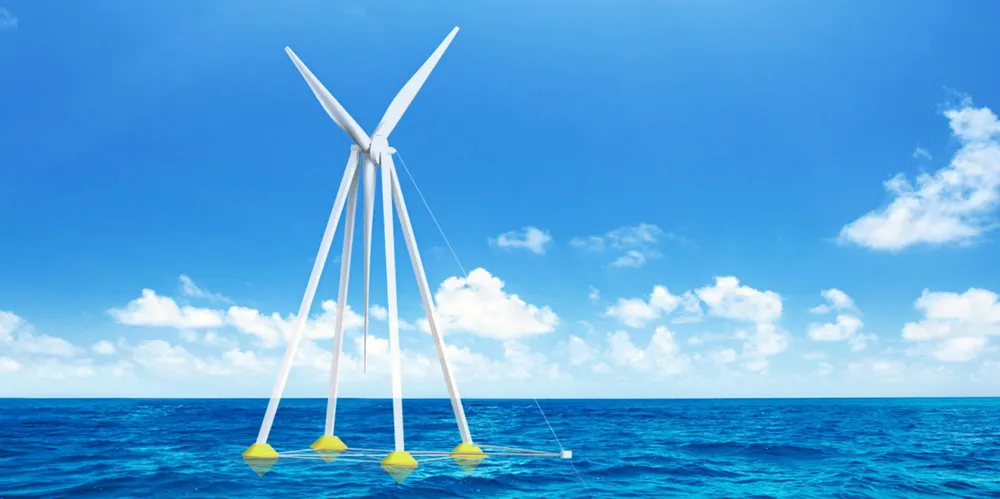'We want to democratise floating wind': US' T-Omega tests waters for ultralight ocean-rider
Developer of innovative 'weathervaning' concept with novel rotor-star design angling at sub-$50/MWh cost of energy from 10MW version as scale model braves 'North Sea storm-state' wave tank tests, writes Darius Snieckus
